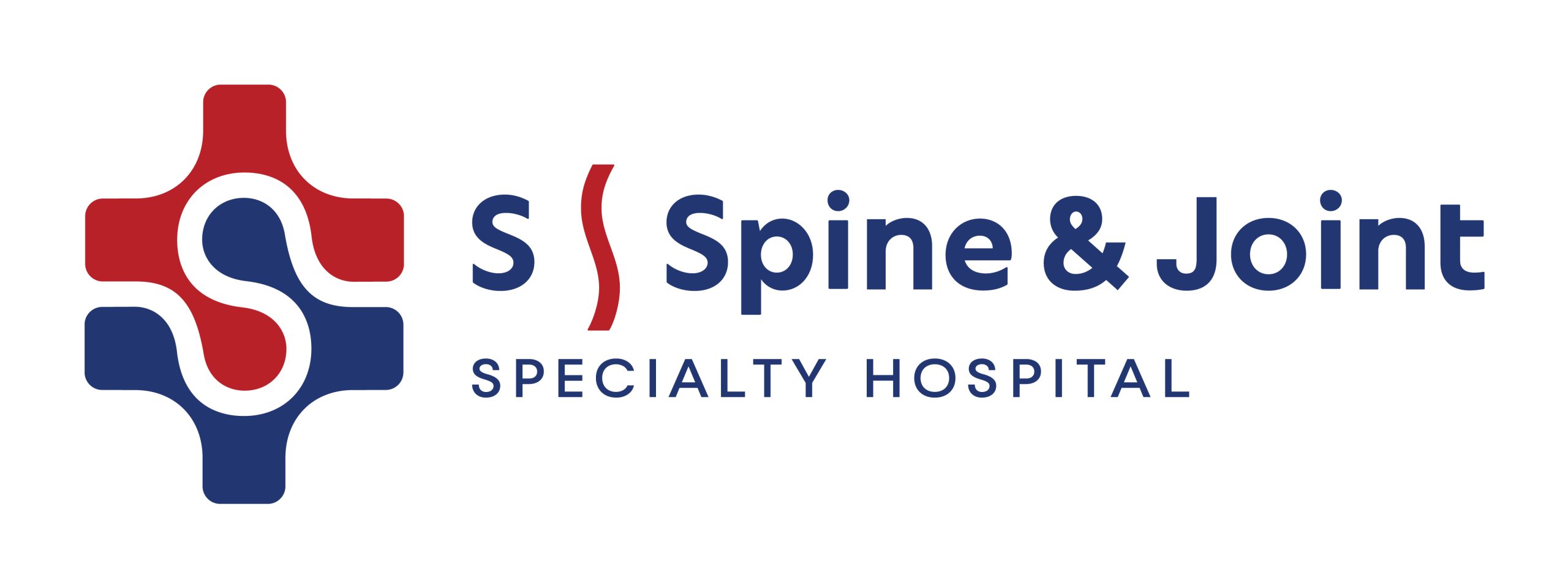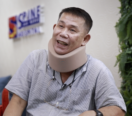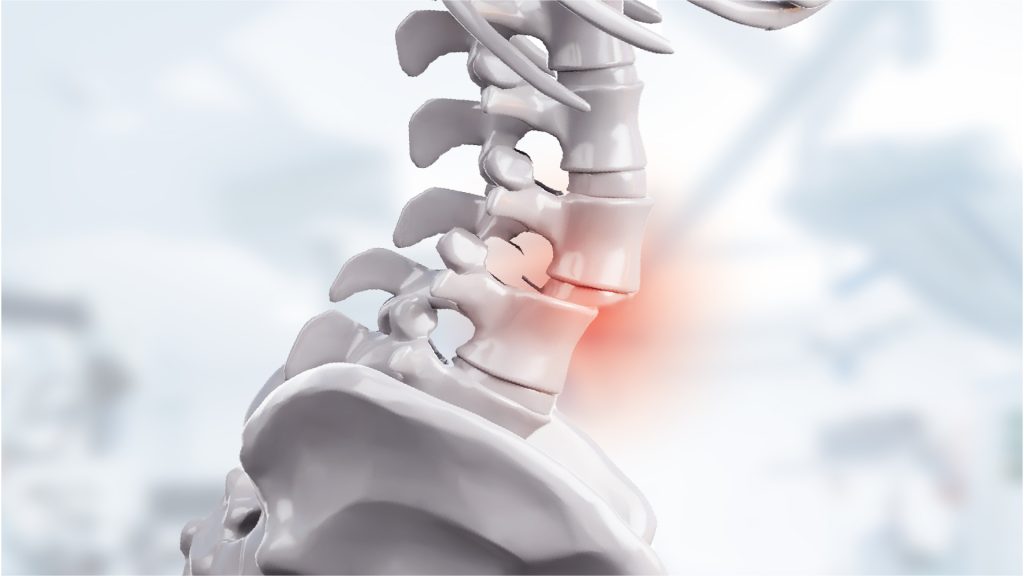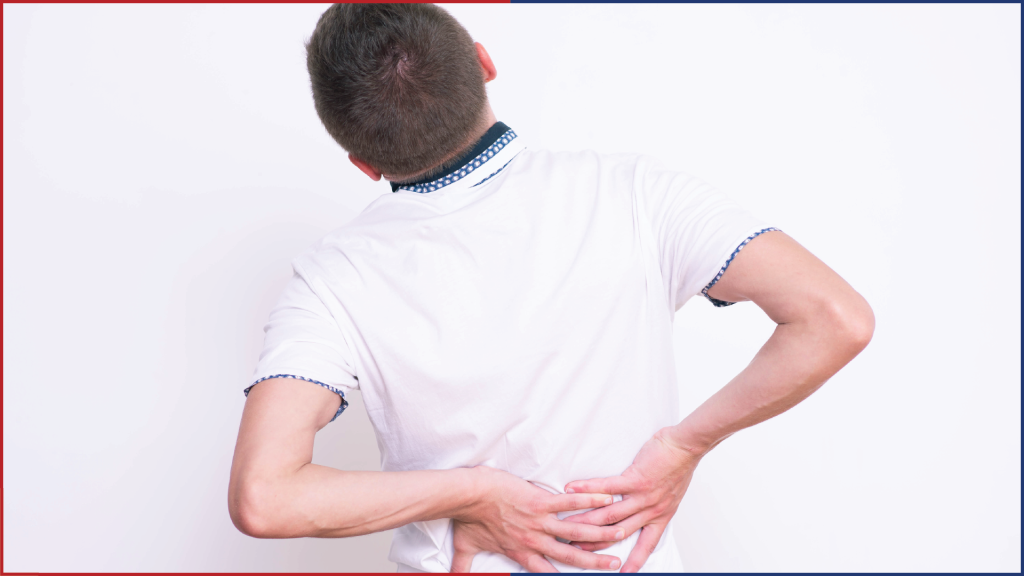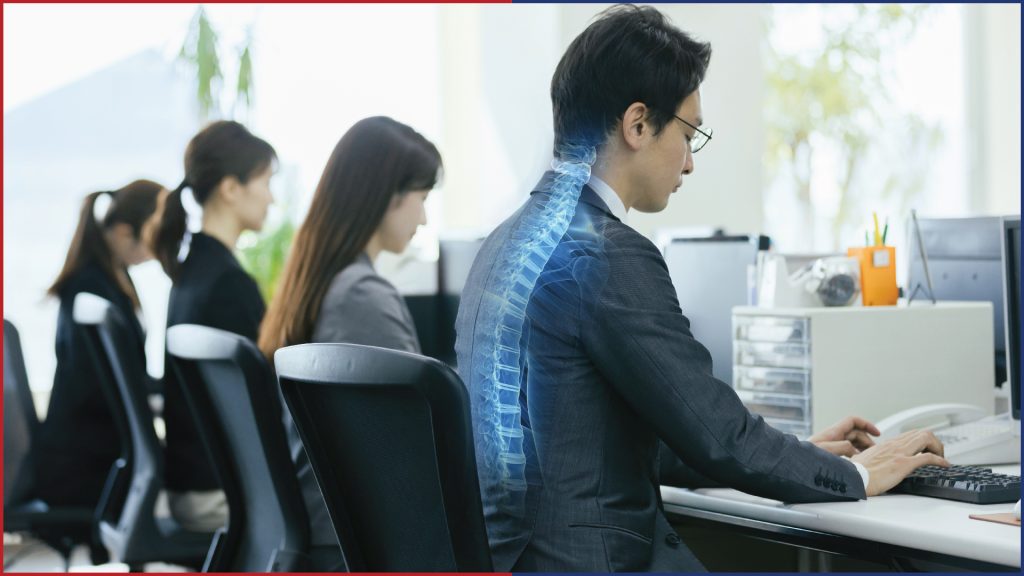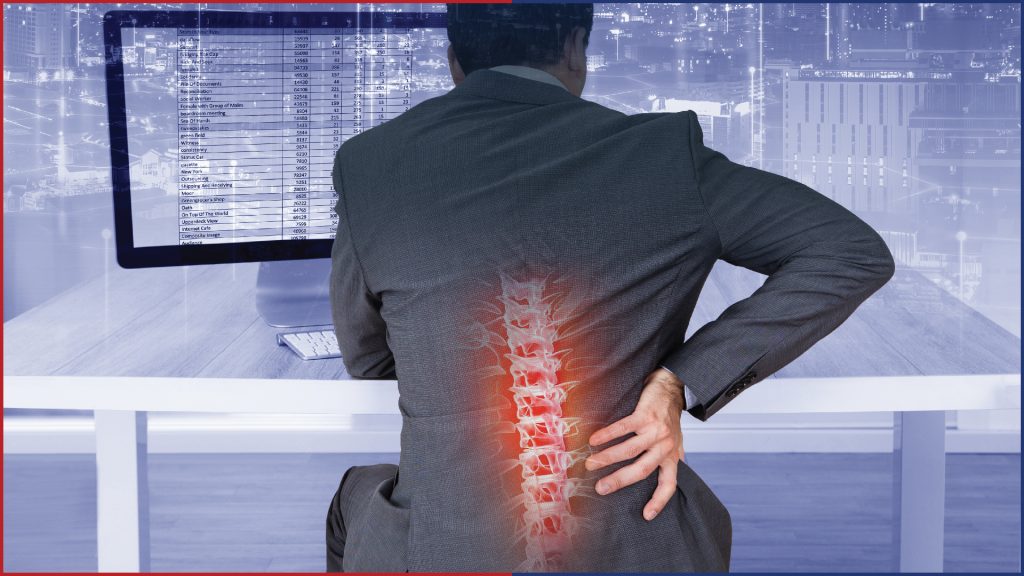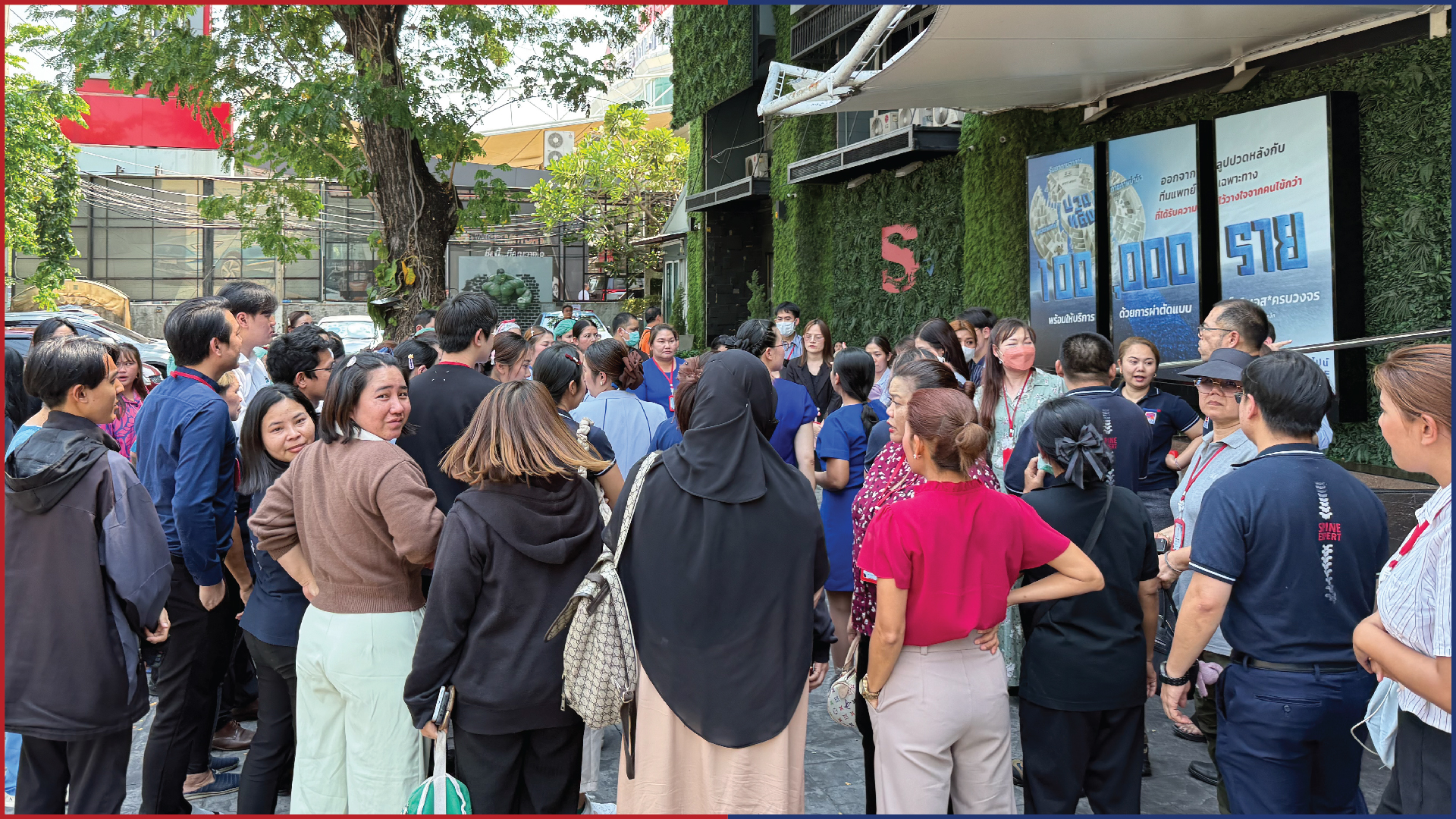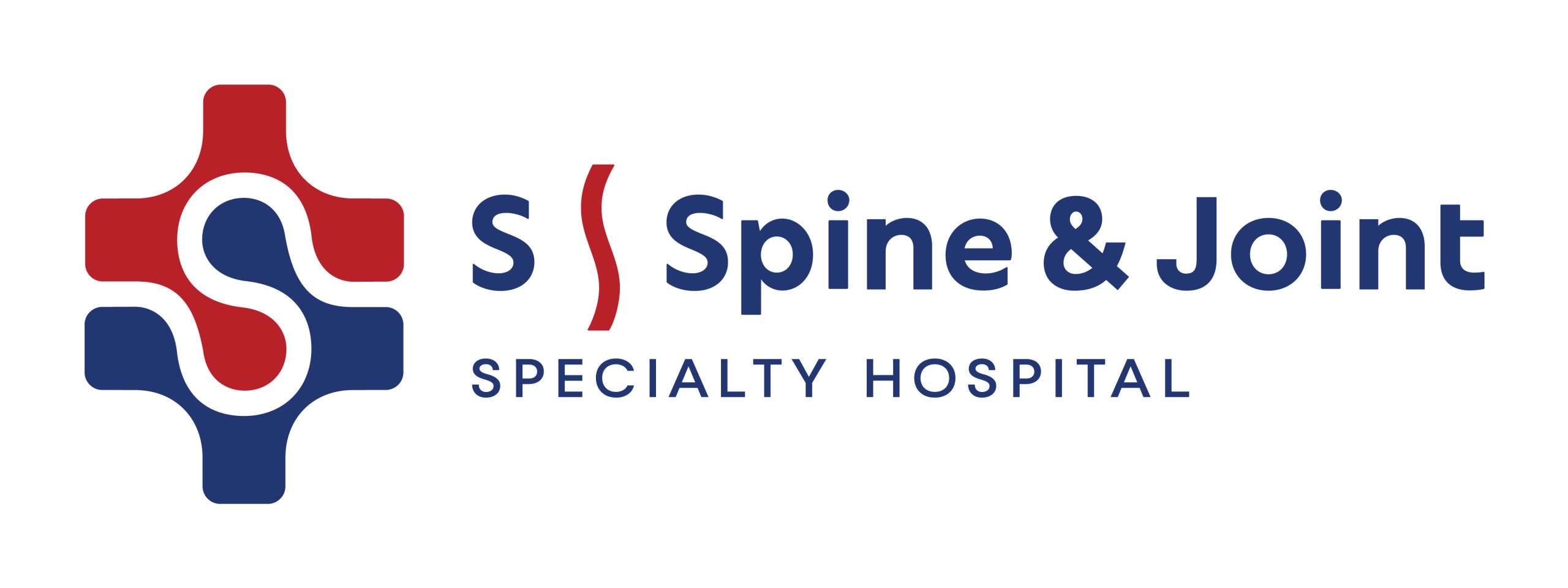S Spine Hospital
โรงพยาบาลเฉพาะด้านกระดูกสันหลัง
เรามุ่งเน้นที่จะหาสาเหตุของโรค ก่อนที่จะให้การรักษา เพราะเราเชื่อว่าการรักษาจากสาเหตุของการปวดจะเป็นวิธีที่ถูกต้องในการรักษาโรคปวดต่างๆ ไม่ว่าจะเป็น ปวดหลัง ปวดคอ ปวดหัวหรือปวดอื่นๆ เมื่อเราพบสาเหตุของการปวดที่แท้จริงแล้วจึงแก้ที่ต้นเหตุอาการปวดก็จะทำให้อาการปวดนั้นหายถาวรโดยไม่ต้องรับยาแก้ปวดอีกเลย
ทีมแพทย์ผู้เชี่ยวชาญ
มากประสบการณ์ เฉพาะทางด้านกระดูกสันหลัง
หาสาเหตุของโรคอย่างแม่นยำ
ด้วยเทคโนโลยีที่ล้ำสมัย หาสาเหตุของอาการได้อย่างแม่นยำ
เทคโนโลยีการรักษาสมัยใหม่
เทคโนโลยีการรักษาที่ทันสมัย แผลเล็กเจ็บน้อยฟื้นตัวไว
ความประทับใจของผู้ป่วย
การรักษาที่ตรงจุดทำให้ผู้ป่วยกลับมาใช้ชีวิตประจำวันได้เหมือนเคย
Service
บริการของเรา
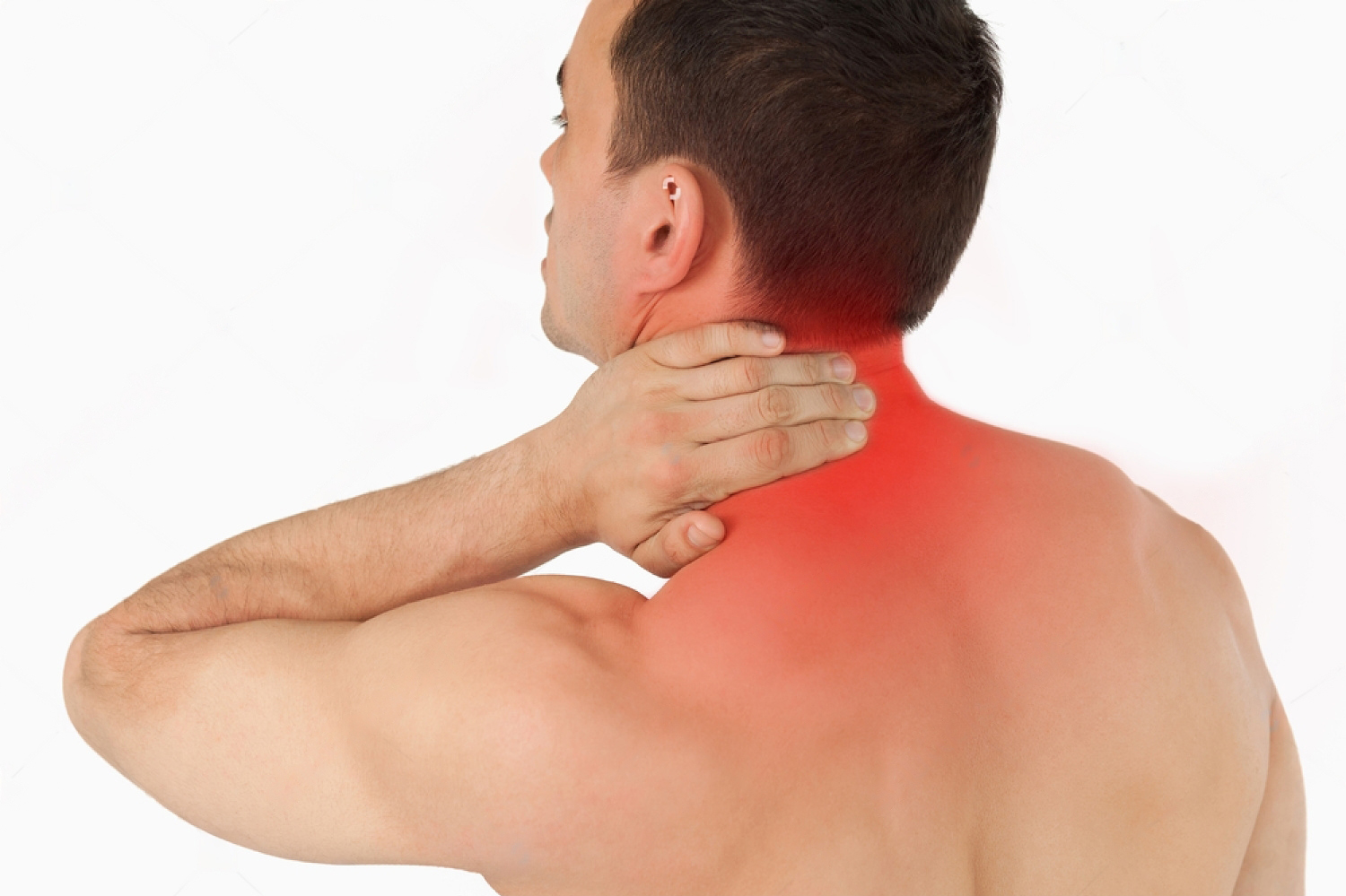
รักษาอาการปวดหลังร้าวลงขา
อาการปวดหลังร้าวลงขาเป็นปัญหาทางสุขภาพที่พบได้บ่อย โดยเฉพาะในกลุ่มคนที่ต้องยืนหรือเดินนานๆ หรือผู้ที่มีการใช้หลังอย่างหนัก อาการนี้สามารถทำให้เกิดความไม่สบายและรบกวนการดำเนินชีวิตประจำวันอย่างมาก
ดูรายละเอียด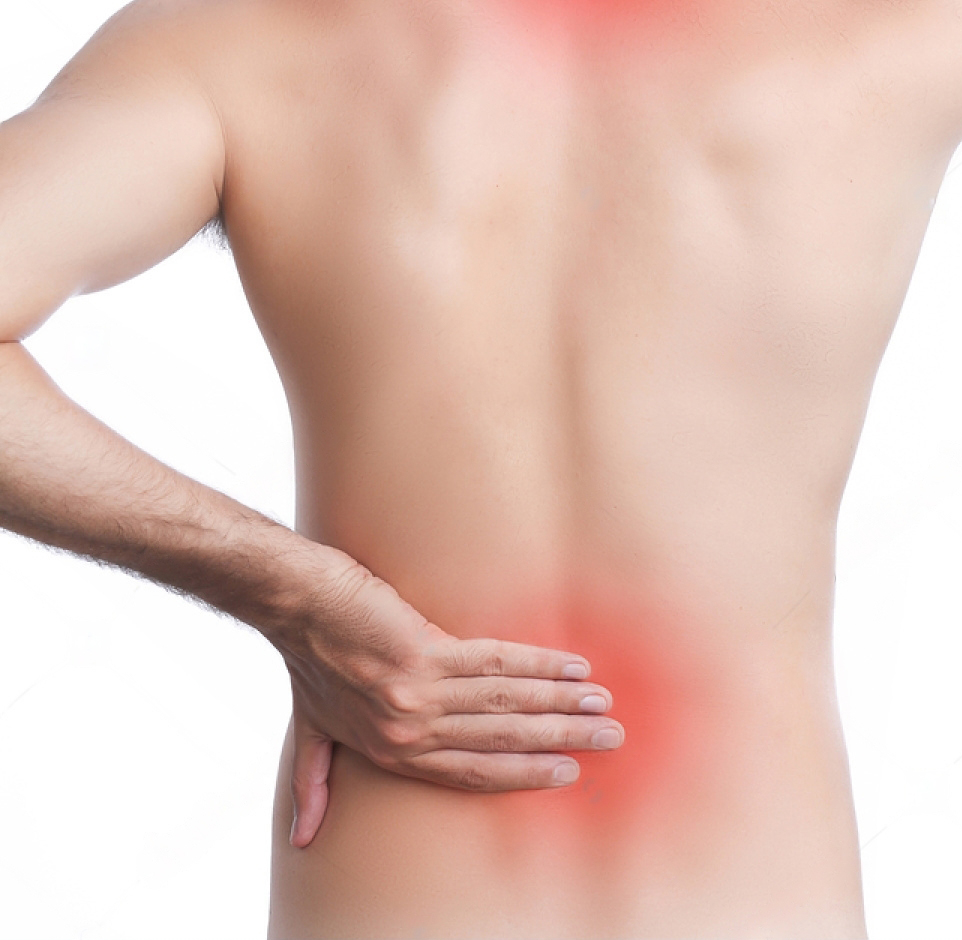
กระดูกสันหลังแตก หัก ยุบ
กระดูกสันหลังแตก หัก ยุบ เป็นปัญหาทางสุขภาพที่มีความรุนแรงและสามารถส่งผลกระทบต่อการดำเนินชีวิตประจำวันอย่างมาก โดยเฉพาะในผู้สูงอายุและผู้ที่มีโรคกระดูกพรุน หากไม่ได้รับการรักษาที่ถูกต้อง อาจทำให้เกิดความเจ็บปวดเรื้อรังและการเคลื่อนไหวที่จำกัด
ดูรายละเอียด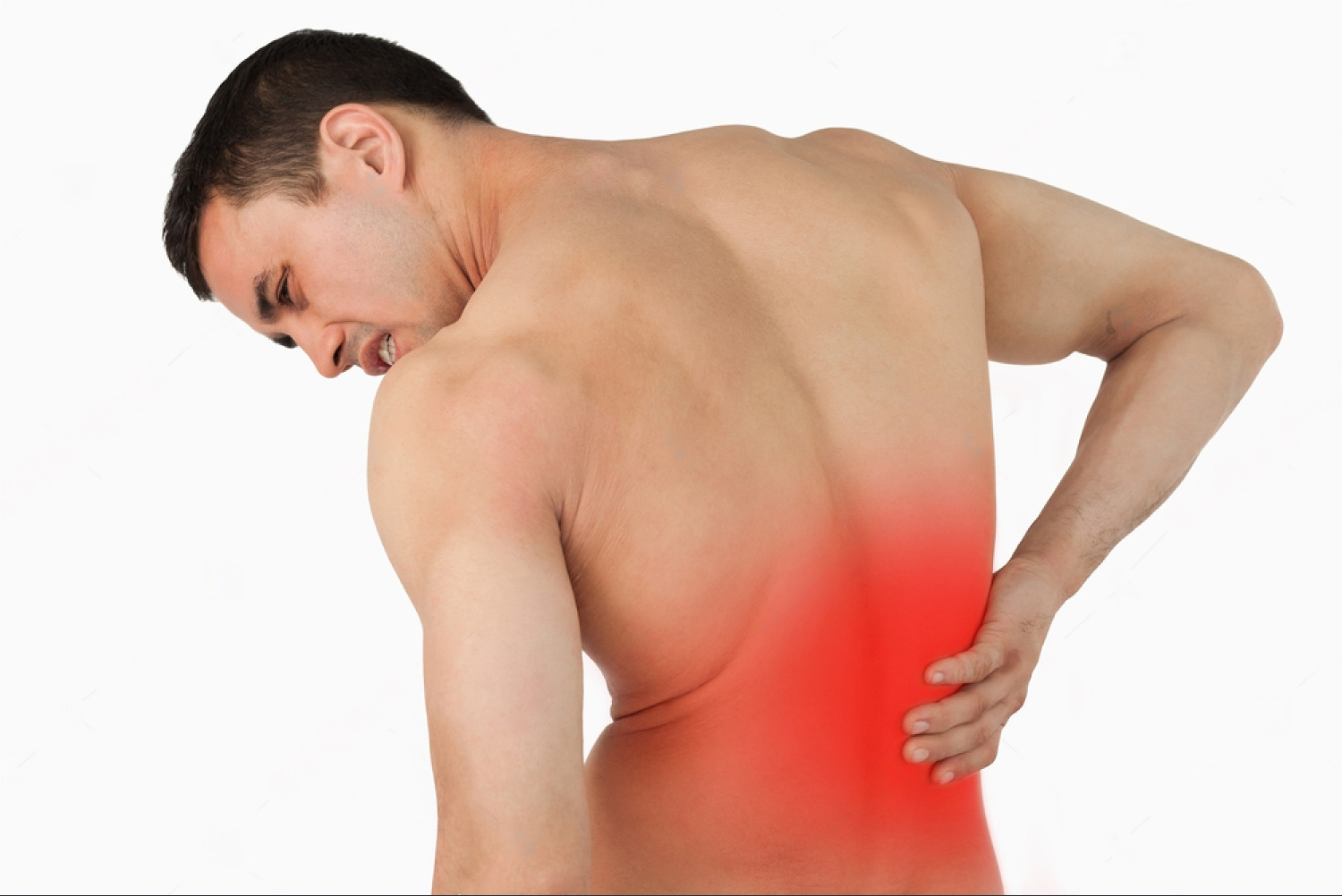
ฟื้นฟูและกายภาพบำบัด เทคนิค MRI
เทคโนโลยี MRI (Magnetic Resonance Imaging) เพื่อช่วยในการวินิจฉัยและวางแผนการรักษาที่แม่นยำ
ดูรายละเอียด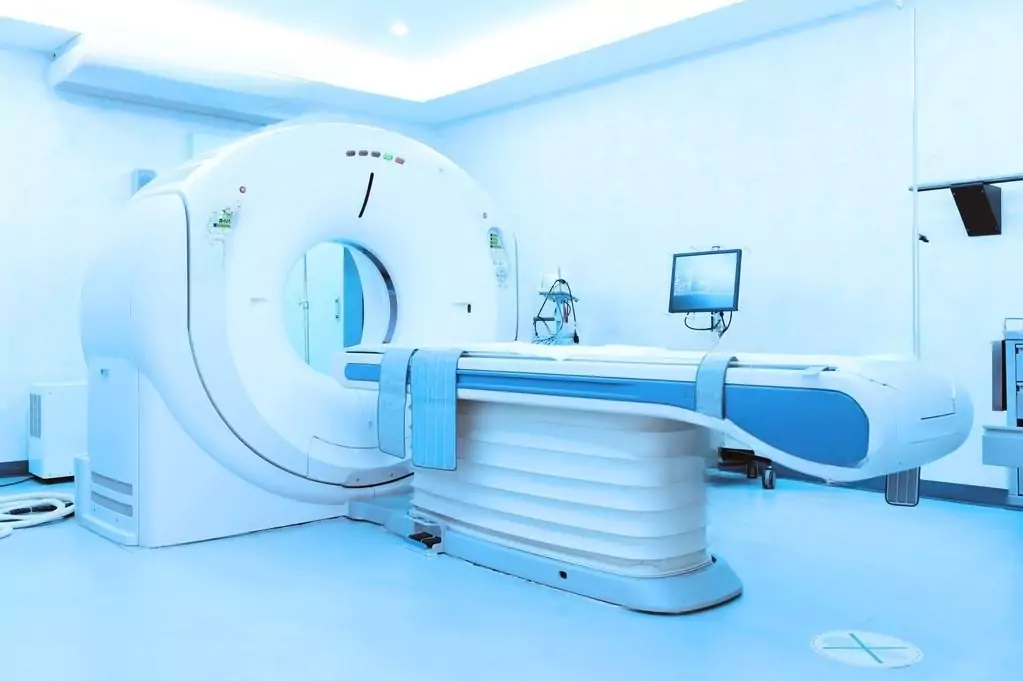
กระดูกสันหลังเคลื่อนทับเส้นประสาท
“การรักษากระดูกสันหลังเคลื่อนทับเส้นประสาท หรือกระดูกทับเส้นด้วยการยึดน็อตแบบ TLIF คือ การเชื่อมข้อกระดูกสันหลัง เพื่อหยุดการเคลื่อนของกระดูกสันหลังของผู้ป่วย และเปลี่ยนหมอนรองกระดูกสันหลังเทียมในผู้ป่วยที่หมอนรองกระดูกเสื่อม
ดูรายละเอียด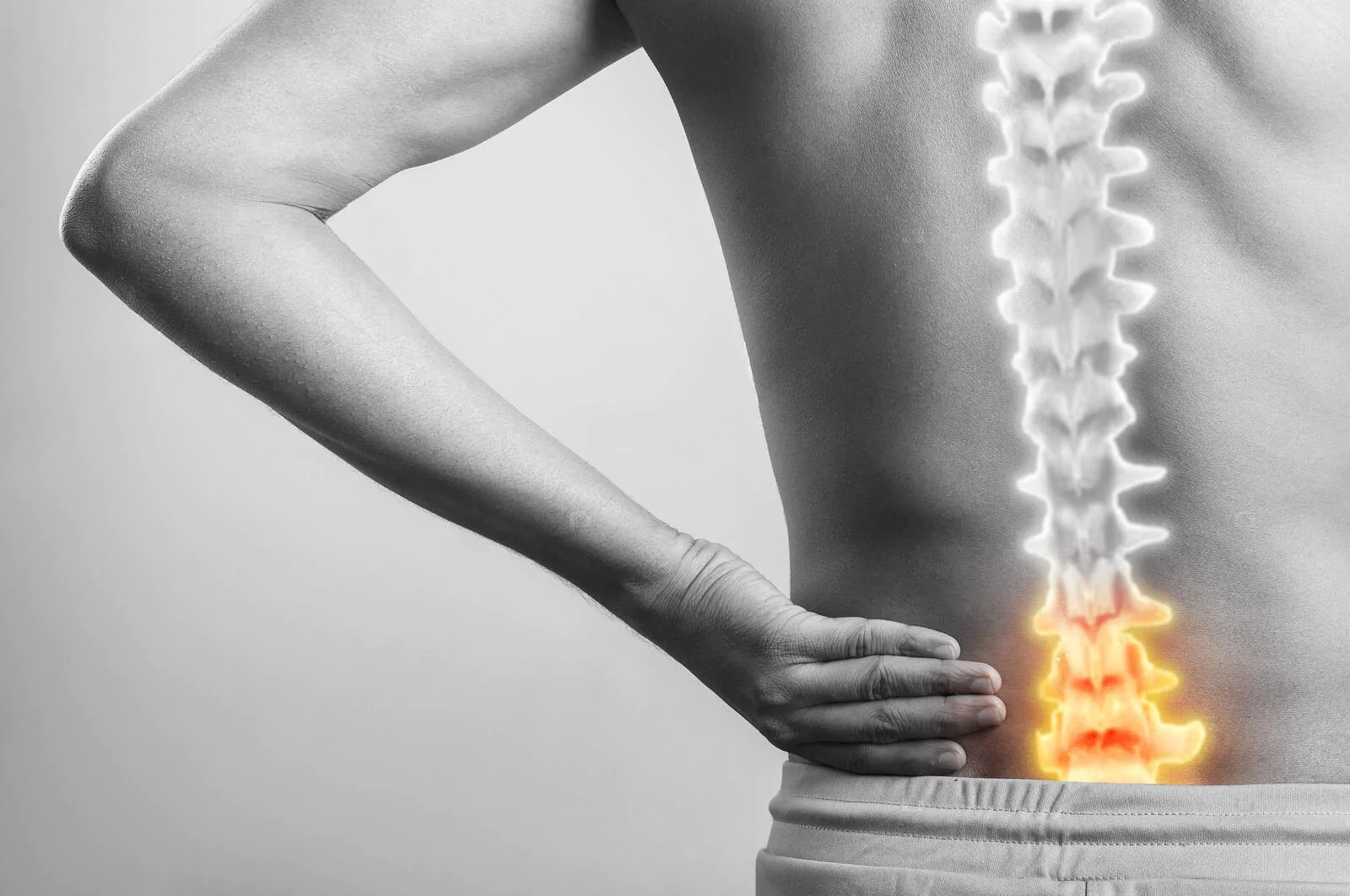
การฟื้นฟูและกายภาพบำบัด
การฟื้นฟูและกายภาพบำบัดเป็นกระบวนการที่สำคัญสำหรับผู้ที่มีอาการบาดเจ็บหรือปัญหาทางกล้ามเนื้อและกระดูก การไม่รักษาหรือฟื้นฟูที่เหมาะสมอาจทำให้เกิดปัญหาการเคลื่อนไหว การใช้ชีวิตประจำวัน และคุณภาพชีวิตลดลงได้
ดูรายละเอียดรักษาอาการปวดคอร้าวลงแขน
โรคหมอนรองกระดูกคอทับเส้นประสาท เกิดขึ้นได้ทั้งจากอุบัติเหตุ และจากพฤติกรรมการใช้ชีวิต
ซึ่งส่วนที่เกิดจากอุบัติเหตุ มีการบาดเจ็บและทำให้หมอนรองกระดูกบริเวณต้นคอ
มีการเคลื่อน หรือกดทับไขสันหลังหรือเส้นประสาท
ดูรายละเอียด
รักษาอาการปวดคอร้าวลงแขน
โรคหมอนรองกระดูกคอทับเส้นประสาท เกิดขึ้นได้ทั้งจากอุบัติเหตุ และจากพฤติกรรมการใช้ชีวิต
ซึ่งส่วนที่เกิดจากอุบัติเหตุ มีการบาดเจ็บและทำให้หมอนรองกระดูกบริเวณต้นคอ
มีการเคลื่อน หรือกดทับไขสันหลังหรือเส้นประสาท
ดูรายละเอียด
รักษาอาการปวดหลังร้าวลงขา
อาการปวดหลังร้าวลงขาเป็นปัญหาทางสุขภาพที่พบได้บ่อย โดยเฉพาะในกลุ่มคนที่ต้องยืนหรือเดินนานๆ หรือผู้ที่มีการใช้หลังอย่างหนัก อาการนี้สามารถทำให้เกิดความไม่สบายและรบกวนการดำเนินชีวิตประจำวันอย่างมาก
ดูรายละเอียด
กระดูกสันหลังแตก หัก ยุบ
กระดูกสันหลังแตก หัก ยุบ เป็นปัญหาทางสุขภาพที่มีความรุนแรงและสามารถส่งผลกระทบต่อการดำเนินชีวิตประจำวันอย่างมาก โดยเฉพาะในผู้สูงอายุและผู้ที่มีโรคกระดูกพรุน หากไม่ได้รับการรักษาที่ถูกต้อง อาจทำให้เกิดความเจ็บปวดเรื้อรังและการเคลื่อนไหวที่จำกัด
ดูรายละเอียด
ฟื้นฟูและกายภาพบำบัด เทคนิค MRI
เทคโนโลยี MRI (Magnetic Resonance Imaging) เพื่อช่วยในการวินิจฉัยและวางแผนการรักษาที่แม่นยำ
ดูรายละเอียด
กระดูกสันหลังเคลื่อนทับเส้นประสาท
“การรักษากระดูกสันหลังเคลื่อนทับเส้นประสาท หรือกระดูกทับเส้นด้วยการยึดน็อตแบบ TLIF คือ การเชื่อมข้อกระดูกสันหลัง เพื่อหยุดการเคลื่อนของกระดูกสันหลังของผู้ป่วย และเปลี่ยนหมอนรองกระดูกสันหลังเทียมในผู้ป่วยที่หมอนรองกระดูกเสื่อม
ดูรายละเอียด
การฟื้นฟูและกายภาพบำบัด
การฟื้นฟูและกายภาพบำบัดเป็นกระบวนการที่สำคัญสำหรับผู้ที่มีอาการบาดเจ็บหรือปัญหาทางกล้ามเนื้อและกระดูก การไม่รักษาหรือฟื้นฟูที่เหมาะสมอาจทำให้เกิดปัญหาการเคลื่อนไหว การใช้ชีวิตประจำวัน และคุณภาพชีวิตลดลงได้
ดูรายละเอียด
Testimonial
ความประทับใจผู้ใช้บริการ
ส่วนหนึ่งของความประทับใจ ของผู้เข้ารับการรักษาจากโรงพยาบาลเอส สไปน์ แอนด์ เนิร์ฟ ด้วยการรักษาที่ตรงจุด…ที่ต้นเหตุของปัญหา
Blog
คลังความรู้สุขภาพ
News and Activities
